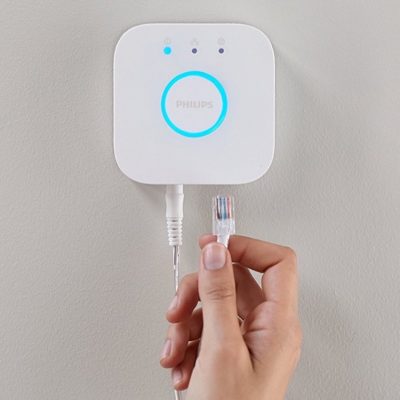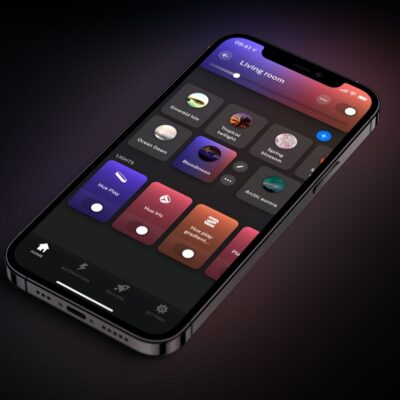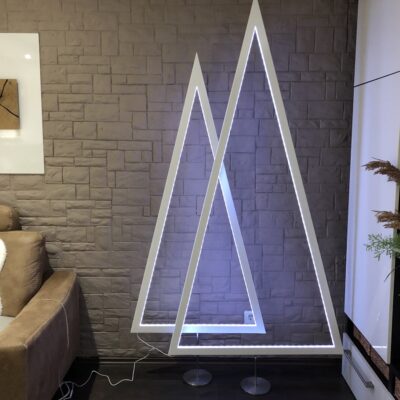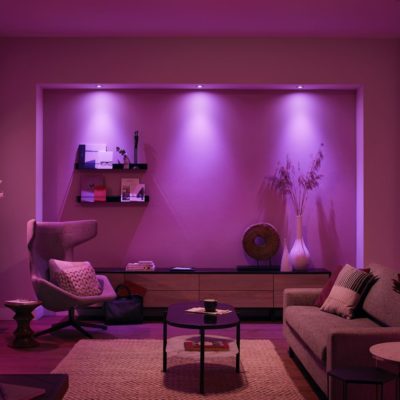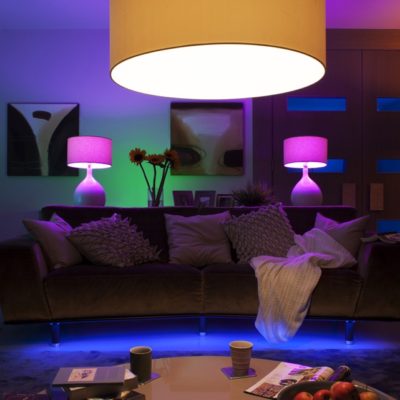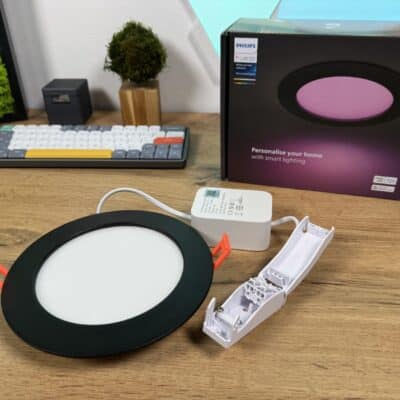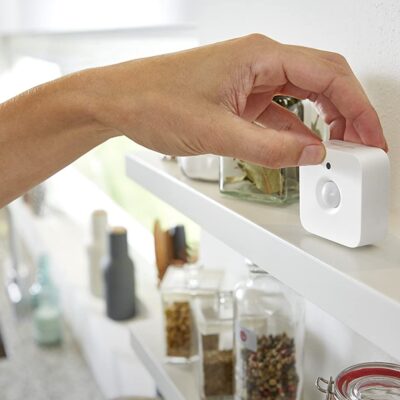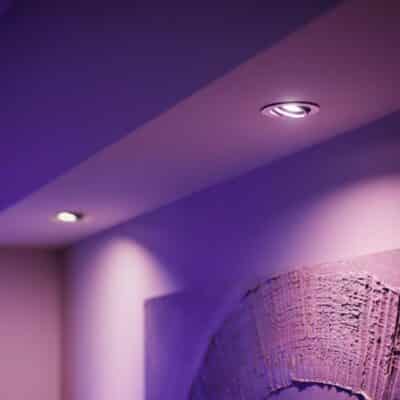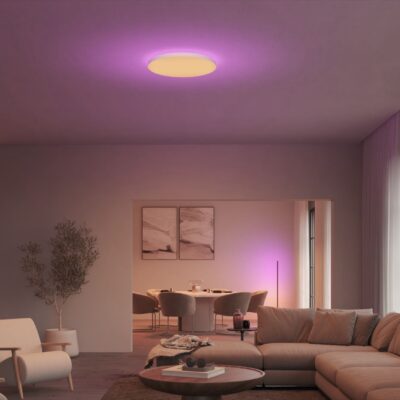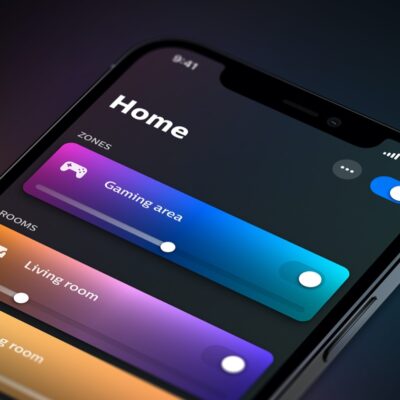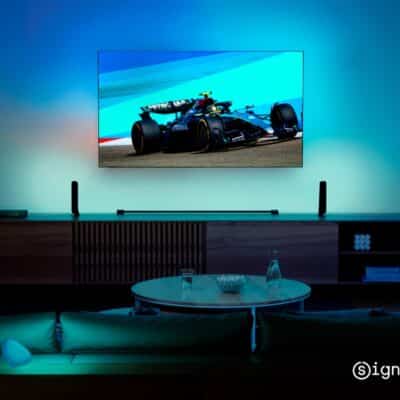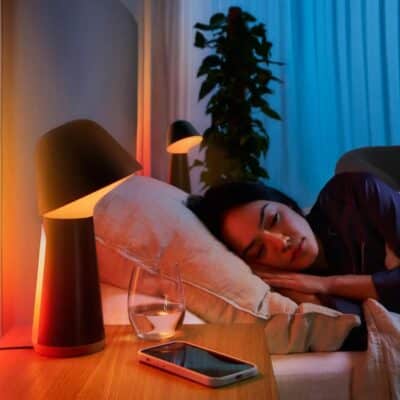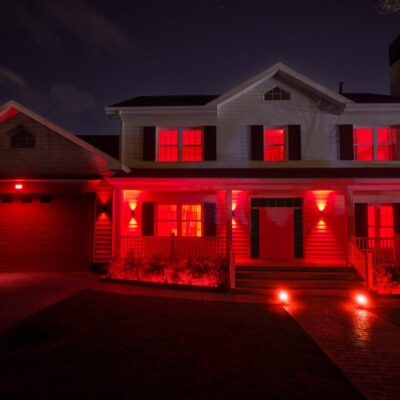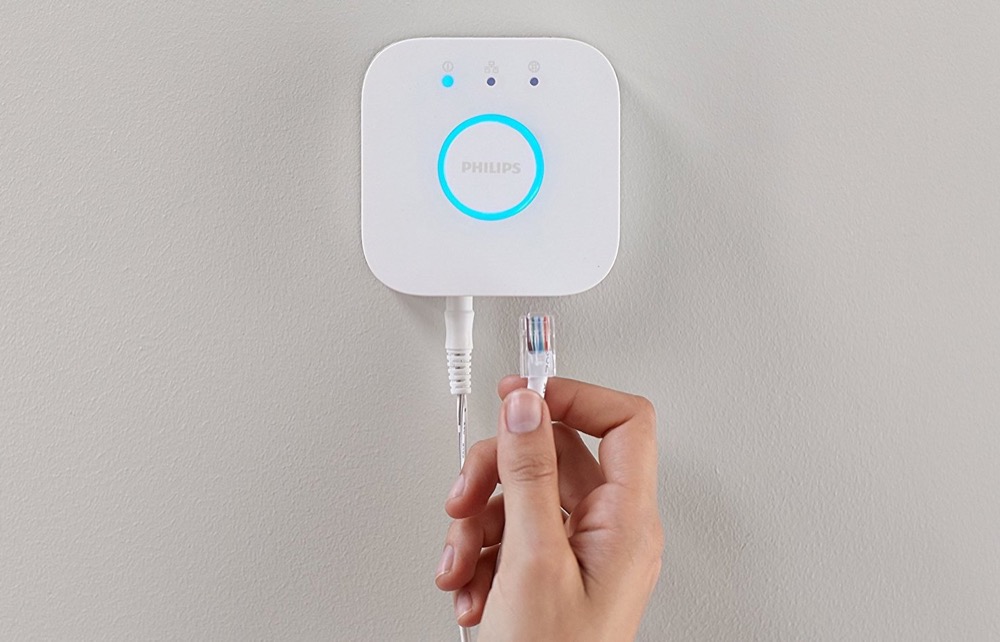Next week it’s finally that time again: Philips Hue will present new products. And what we already know from various leaks is more than promising: brighter bulbs, some gradient products, filament lamps with White Ambiance technology or E14 bases and, in all likelihood, a batch of new ceiling lights.
Conversely, this also means that some Hue installations will grow in the coming weeks. And it is precisely this that is becoming a problem for more and more users, because Philips Hue continues to specify 50 lamps as the limit for the Hue Bridge; in fact, the limit is 63 connected lamps and luminaires at the latest.
More and more users are reaching the bridge limit
When I last asked you in February 2021, around 20 per cent of users said they had more than 41 lamps in use – which means they either already have to use a second bridge or else are on the verge of having to give it serious thought. The manufacturer itself has repeatedly emphasised that less than 1 percent of users would be affected by the bridge problem.
In addition, Philips Hue has already explained several times that it will be extremely difficult for a bridge to control more lamps – the mesh network set up between the lamps via ZigBee simply reaches its limits. The best solution from my point of view would be a coupling of several bridges. After all, the Hue API is powerful enough to pass on commands from one bridge to another. This would allow, for example, a dimmer switch that is paired with the first bridge to also control a lamp of the second bridge.
Third-party providers do it better than Philips Hue
The biggest gag about it: third-party solutions like Apple HomeKit offer exactly this option. A switch sends the command to the first bridge, which forwards the data to HomeKit. The HomeKit control centre then radios the second bridge and sends it the corresponding command, which is then sent to the light again via ZigBee. It can’t be that difficult to develop such a solution directly for your own product.
Actually, I assumed that Philips Hue’s goal was to sell as many products as possible. Especially the customers who have already invested several thousand euros in the system seem to be falling by the wayside more and more…
Note: This article contains affiliate links. We receive a commission for purchases via these links, which we use to finance this blog. The purchase price remains unchanged for you.


